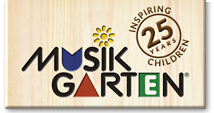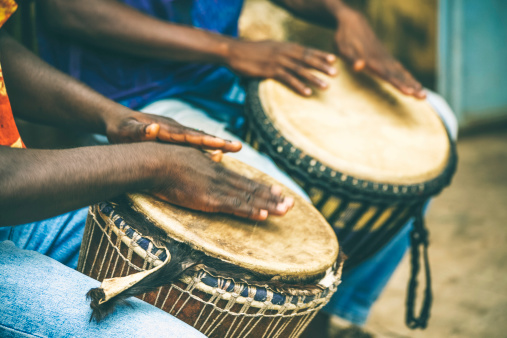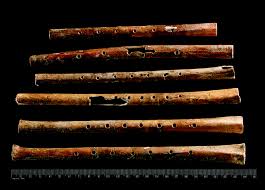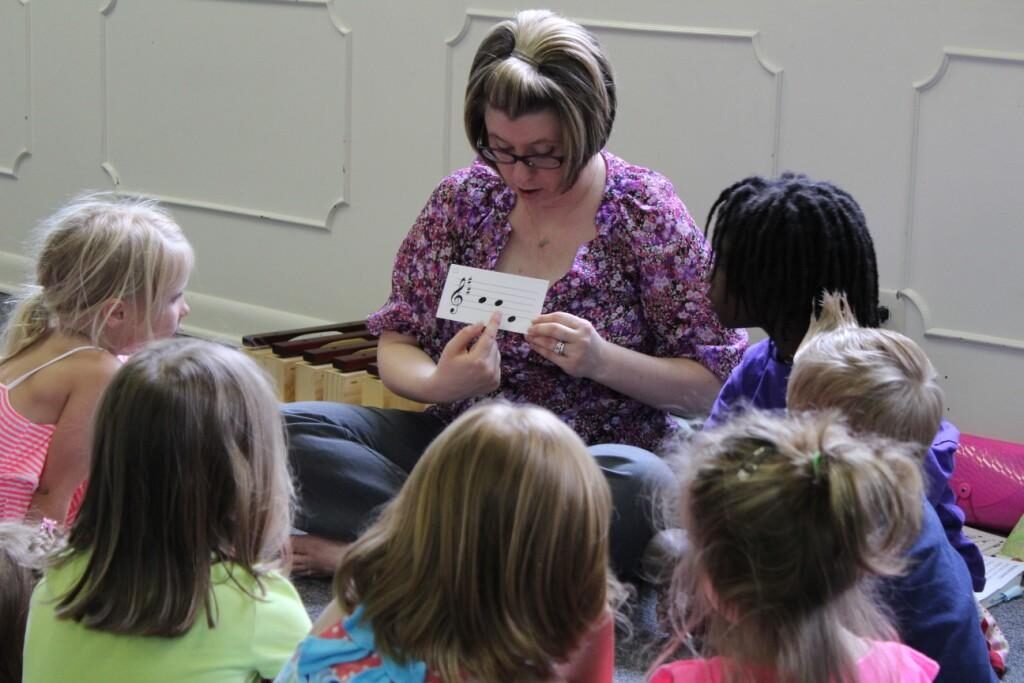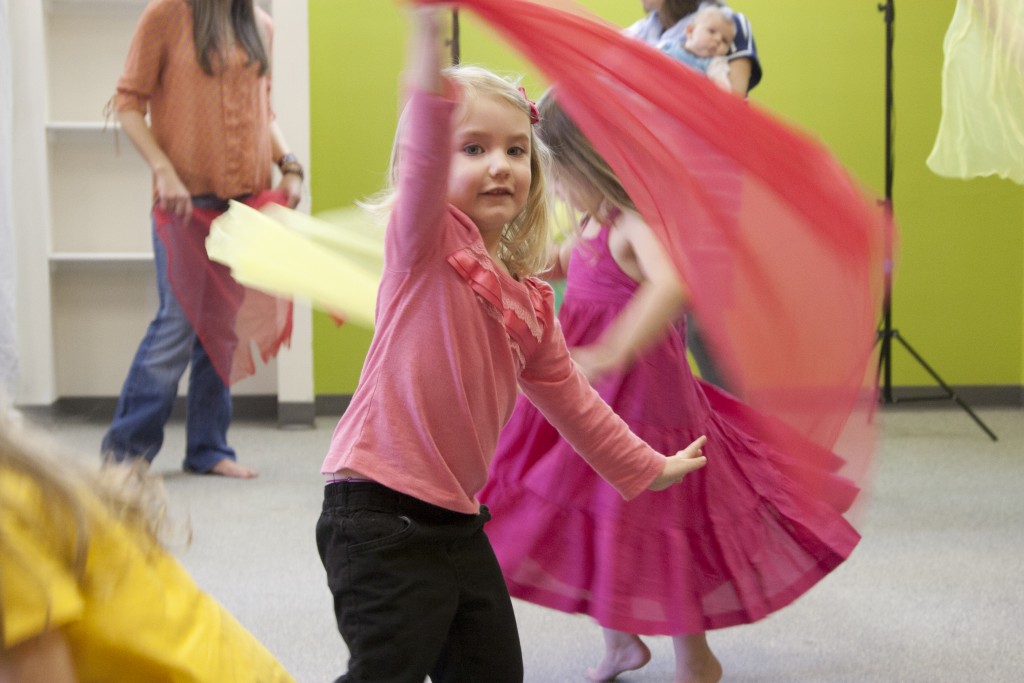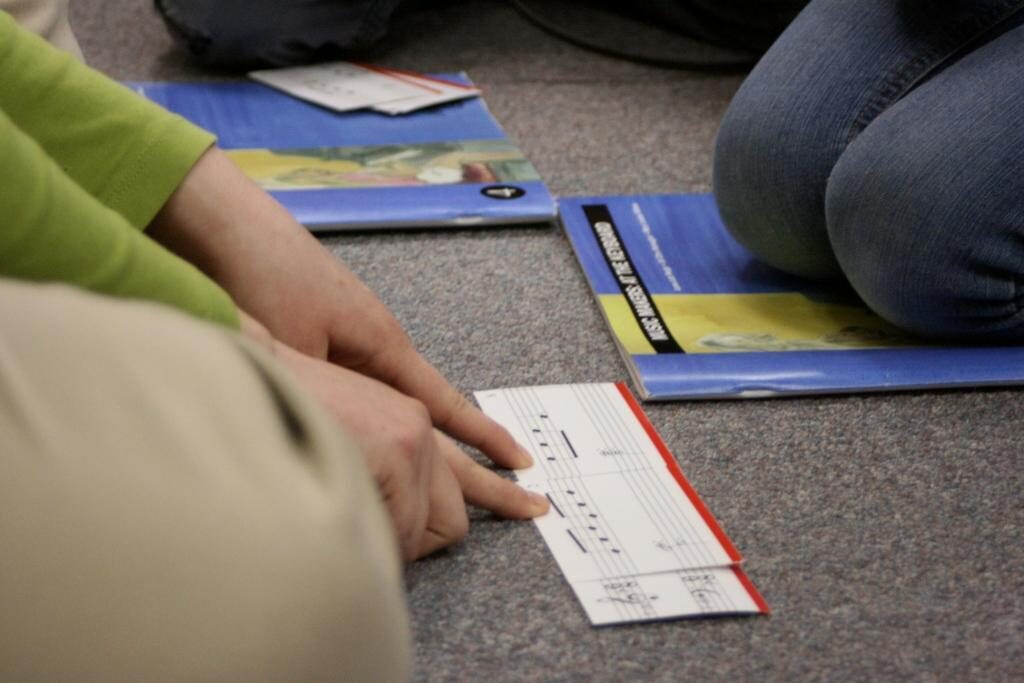Introducing children to music is a rewarding experience, and children’s piano lessons can lay a strong foundation for their musical journey. Here are effective strategies to spark interest and keep kids engaged in their piano learning.
1. Start with the Right Mindset
Approach children’s piano lessons with enthusiasm. Share stories about the joys of playing or listening to music and how it positively impacts life. Your excitement can significantly influence your child’s attitude toward learning.
2. Create a Musical Environment
Transform your home into a musical space. Play various genres—classical, jazz, or pop—so your child can explore different styles. Early exposure to music enhances a child’s musical aptitude, as noted by the National Association for Music Education (NAfME).
3. Choose the Right Instrument
Ensure the piano or keyboard is accessible and inviting. Click here for tips on selecting the right keyboard for your child or children’s music classroom. If space or budget is an issue, a quality keyboard can still be effective. A comfortable instrument will encourage practice and make children’s piano lessons more enjoyable.
4. Find the Right Teacher
A skilled teacher can make a significant difference in children’s piano lessons. Look for instructors who specialize in teaching kids and have a reputation for making learning fun. Programs that begin at infancy with an emphasis on music and movement help to set the groundwork for an interest and aptitude for piano.
5. Incorporate Fun and Games
Make learning fun by incorporating games. Games such as “find the black keys,” “name that rhythm or rest,” and name that familiar children’s tune can make learning fun. Engaging in music through play can help maintain their interest in children’s piano lessons. Group Piano lessons are a wonderful choice to make piano lessons fun because they incorporate notation games, repertoire pieces, sight-reading pieces, and opportunities for composing all in the joy of community.
6. Set Realistic Goals
Set achievable goals to help your child experience success. Starting with simple pieces and gradually increasing difficulty keeps motivation high. Celebrating small milestones is crucial for maintaining enthusiasm in children’s piano lessons.
7. Encourage Exploration
Allow your child to explore various musical styles. If they enjoy pop music, help them find arrangements of their favorite songs. This relevance makes learning feel more exciting and engaging, while also introducing them to other musical genres and cultures.
8. Be Involved
Show interest in your child’s learning by attending lessons and practicing together. Your involvement demonstrates the value of their education and can motivate them to put in more effort during children’s piano lessons.
9. Provide Opportunities for Performance
Look for early childhood music programs that include opportunities for your child to perform, whether in recitals or in class. If they are excited about their progress, ask if they would like to play at casual family gatherings. Performance can build confidence and make practice feel more rewarding.
10. Be Patient and Supportive
Learning an instrument takes time, so be patient. Encourage regular practice but also acknowledge frustrations. Remind your child that persistence is part of the journey, especially during children’s piano lessons.
Getting children interested in piano lessons involves encouragement, engagement, and a positive environment. By implementing these strategies, you can help your child develop a lifelong love for music through children’s piano lessons, enriching their lives in countless ways.
